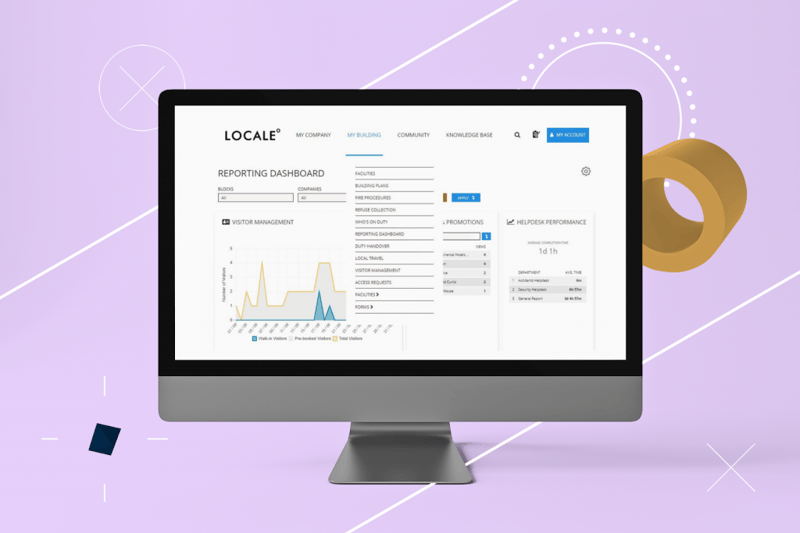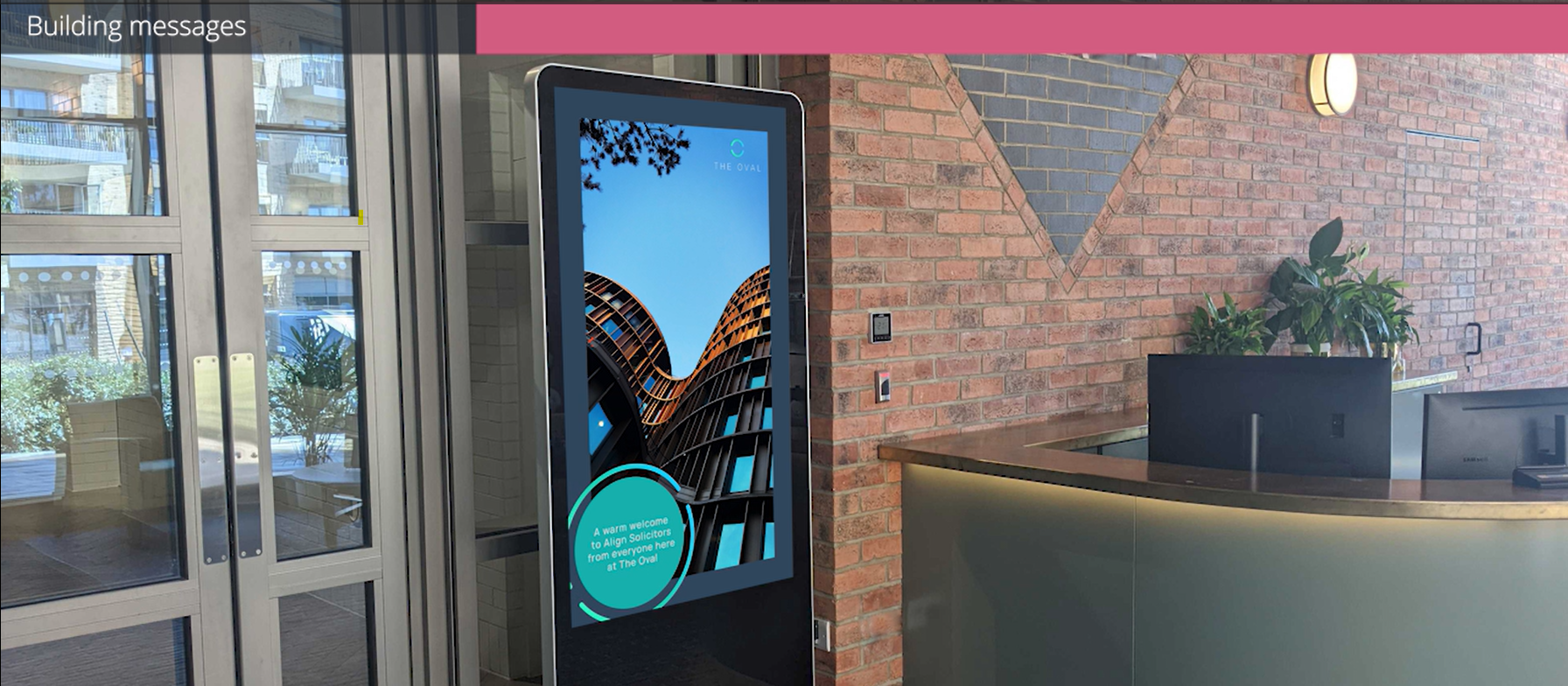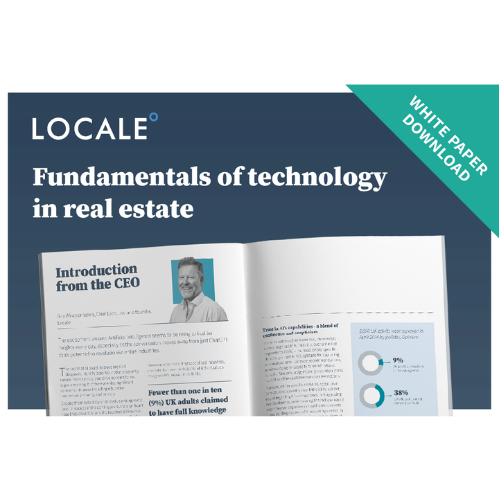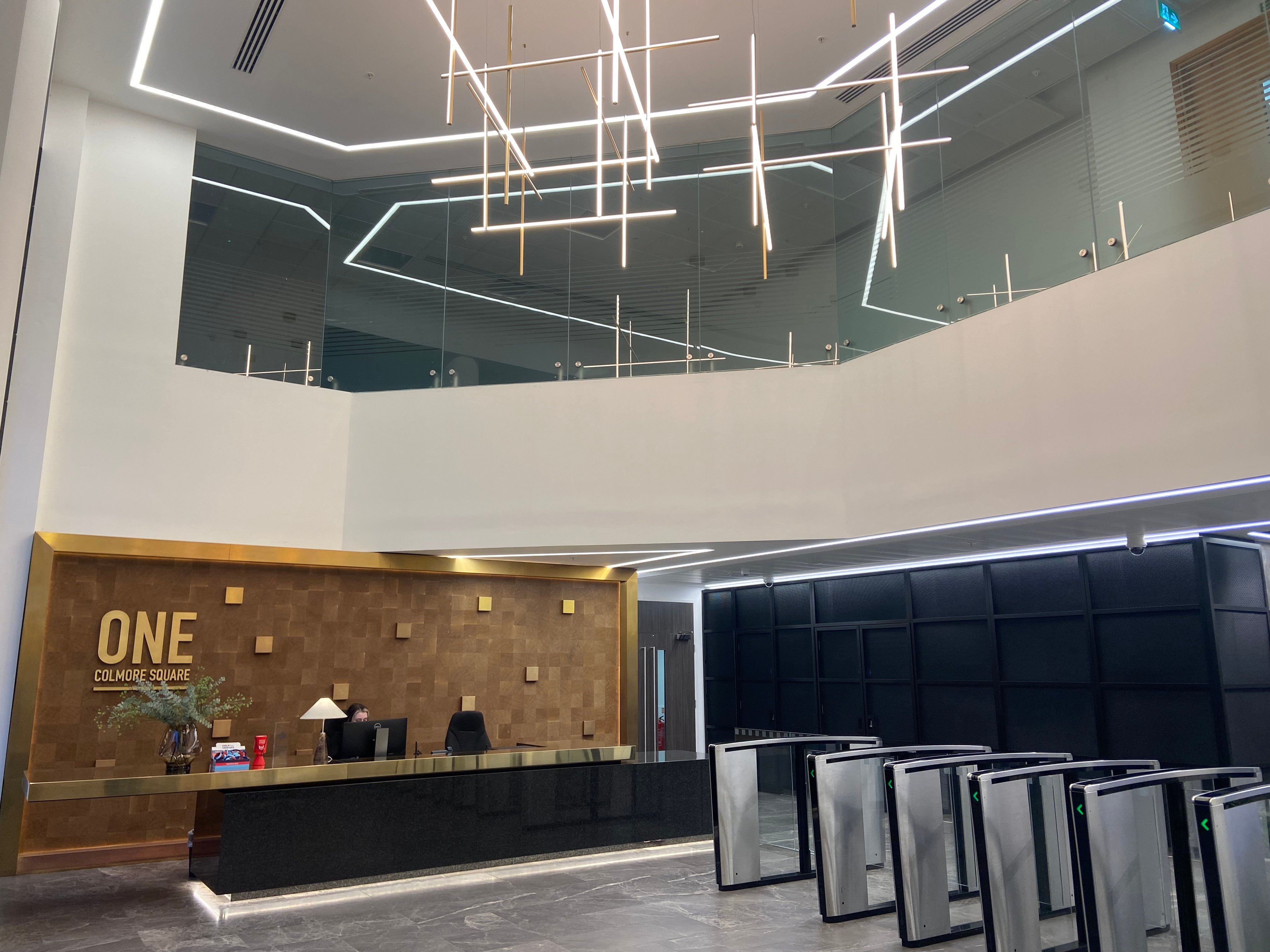Locale investigates the value of data in 2020, and how its use within Real Estate could propel the industry forward.
If there was a single entity to which we can say has revolutionised our way of life, we would point at data. It’s significance has blown up rapidly in a short space of time, and it’s now intrinsically part of 2020 DNA. Data is everywhere to capture and use, from streaming giants using our watch lists to keep us hooked on suggested shows, to e-commerce shops analysing our every click and mouse movement.
Despite data seeping in every aspect of modern society, we are only just seeing the tip of the iceberg in terms of how it can be used as a competitive resource. According to Ing’s Technology in the Real Estate Sector report, the globally invested capacity in PropTech increased from below $200 million dollars in 2011 to over $2.5 billion in 2016, and the introduction of this smart technology has resulted in buildings becoming a hub of IoT data, capturing aspects including but not limited to occupancy, temperature, air quality and energy usage, and occupier preferences/feedback with the arrival of COVID accelerating its implementation and use.
When COVID struck, it took everyone by surprise, leaving many feeling unprepared and ill-equipped to deal with the aftermath of fleeing occupiers and lack of a singular communication channel. With guidelines scarce and little example to follow on how to deal with issues such as facilities management, visitor management, and eliminated contact, it’s fallen on data to provide the answers, and allow for better decisions to be made in a post pandemic world.

Smart Buildings
Buildings that have been trailblazers in using property technology would have been able to successfully create a back to work strategy using the smart data available to them such as empowering communication with stakeholders on building news, guidelines and updates regarding site rules and imploying sensors to control energy usage and maintain sustainability. Furthermore, building teams will be able to identify trends, and therefore create efficient processes and provide better quality services that are relevant and safe.
This includes understanding peak booking times for meeting rooms, footfall in break rooms, and knowing building occupier numbers to control population. Gone are the days of guessing what tenants want, need and use, instead property managers have data collection at their disposal to make well-informed choices that enhance the tenant experience.
Data & Analytics with Locale
To support estate teams on the ground in understanding their buildings and the people who occupy them, Locale have launched the brand new Data & Analytics. Created in response to the increasing need for in-depth knowledge of building behaviour and patterns, Data & Analytics provides detailed insights into what your occupiers want, what your building lacks, and where you could plug in the gaps as well as predicting resourcing decisions and issues before they arise.
Furthermore, access to live insights and reports will prove invaluable when devising a strategy for people returning to work and for ongoing building occupation, as building teams can manage popular spaces, eliminating high risk zones through spread areas.
For more information on Data & Analytics, contact marketing@locale.co.uk





